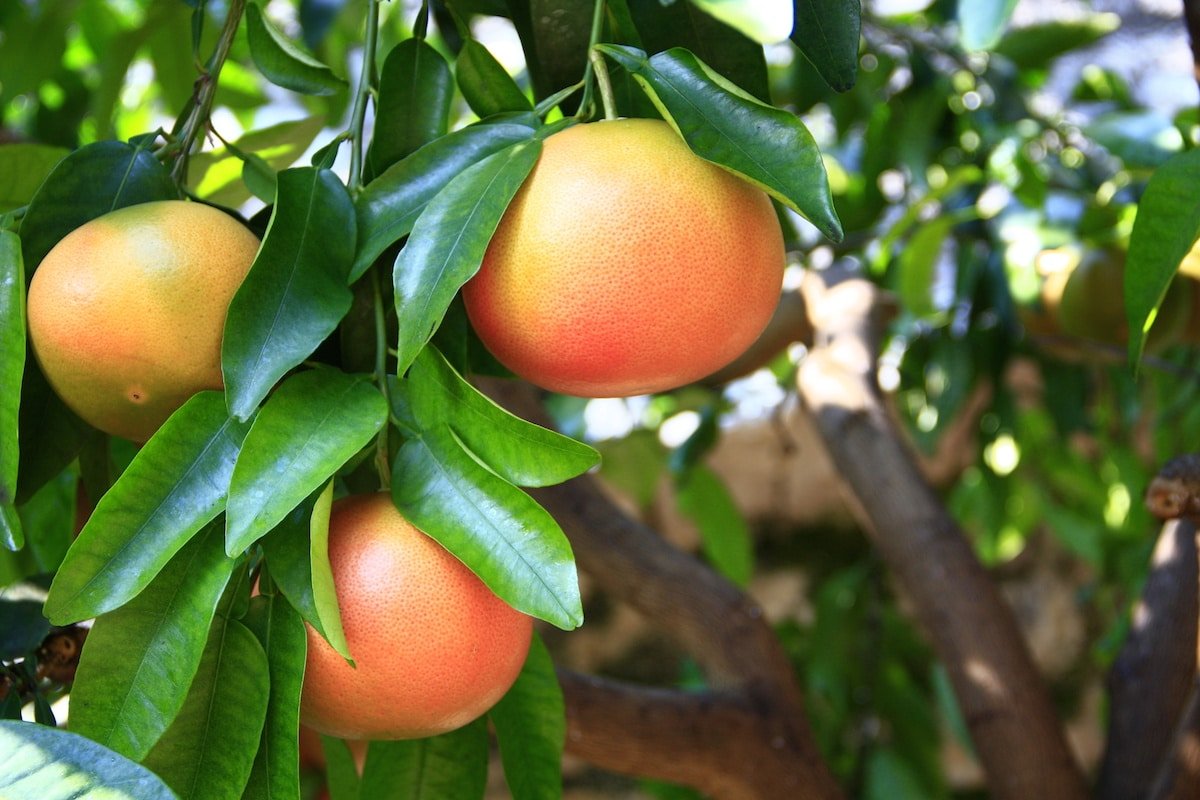How global grape fruit production has really changed
The fruit industry has dramatically changed over the past 20 years. The International Fruit Genetics (IFG) is celebrating pioneering advancements it has brought to the world of fruit breeding. The fruit breeding company reveals that a table grape could be so much more, providing a new and interesting consumer experience with the Cotton Candy™ grape.
There has been a steady increase in the growth of proprietary fruit breeding programmes and the IFG has succeeded by placing greater emphasis on the consumer acceptance of its new varieties. The IFG continues to secure its place in the agricultural space, and we are proud to be a source of vision and advancement in the industry.
Changing fruit breeding
Taking the table grape and making it not just an option, but something consumers seek out is a huge change in the fruit industry. Until recently, most grape varieties were created with public funding and supported by universities and government agencies.
There has been very little variety beyond the three main colours, and grapes have been primarily bred for appearance, or the ability to be stored for long periods.
However, with consumers’ demand changing and more sophisticated palates seeking unique flavours, textures and experiences, the industry is undergoing a gradual shift to more proprietary programmes and varieties.
There have also been major technological advances in the last 20 years, which have allowed plant breeders to more quickly develop new varieties of fruit.
Recent developments in table grapes and cherries
The IFG has increasingly placed emphasis on breeding for consumer traits.
This trend is likely to continue for table grapes and other agricultural products. With the introduction of Cotton Candy™ grape, the IFG created a grape recognisable by name and taste.
A lot of behind-the-scenes breeding processes have led to new varieties like the Cotton Candy, having a great impact on the industry. However, the breeding is a slow process because the grapes and cherries are woody plants taking several years to come into bearing.
The breeding has several stages of testing, and each requires young plants that you need to wait to bear fruit. It can take up to 10 years, at the fastest, for a new grape variety to be bred from scratch.
The IFG does not only want to breed better-tasting, nutritious fruits but also tries other challenges, such as climate change.
As the planet gets warmer and the population continues to grow, this could potentially lead to food shortages.
Plant breeders have a responsibility to breed plants, which will not only taste great but also can withstand greater environmental stress and a changing climate.
This means breeding plants that can withstand temperature extremes, prolonged periods of drought, and unexpected rainfall and have improved disease resistance to reduce pesticide use and can be grown throughout the year.
IFG over the last 20 years
Introduction of the Cotton Candy™ grape has been notable because it is the first table grape variety recognised by name. While this is normal for some fruits such as apples, table grapes historically have not been sold by name. Consumers were only able to identify them on colour alone.
IFG’s introduction of the Sweet Sapphire™ grape also created a new category of table grapes with a novel shape.
There are other flavoured table grape varieties that existed before IFG. However, IFG was the first breeding company to attain substantial global production and market introduction of strongly flavoured varieties.
Traditional table grapes are mostly sweet and neutral with virtually no flavour or aroma and IFG has taken the table grape to the next level to create a superior consumer experience with craveable entries to the market.
The future of fruit breeding
There have been incredible advances and changes to the table grape and cherry industries.
Even though IFG has seen great success in a variety of areas, the company’s most significant success has been in creating a table grape recognisable by name and colour and sought specifically by consumers. The company also advocates consumer interests, an industry trend expected to grow as grapes and other agricultural products rely more on private funding.
Other current trends will also continue, and fruit breeders will place more emphasis on consumer traits and improvements in environmental adaptation.
The horticultural industry should expect to see more changes in the future, with many technological advances, such as increased use of mechanisation and robotics.
We should also expect to see new varieties for those settings, particularly the possibility of a stem-free cherry, which would make mechanised harvesting much easier.
Overall, plant breeders at the IFG are looking to the future and creating advancements in almost every facet of table grape and cherry production.
About Dr Owens
Dr Owens is the Lead Plant Breeder directing the development of improved varieties of table grapes and sweet cherries. He also directs IFG’s research and development supporting the breeding programme. He holds a BSc in horticulture from the University of Maryland, an MSc in pomology from Cornell University, and a PhD in plant breeding & genetics from Michigan State University. Prior to IFG, he spent more than 20 years in germplasm development, breeding, and genetics of both grapevines and cherries.



